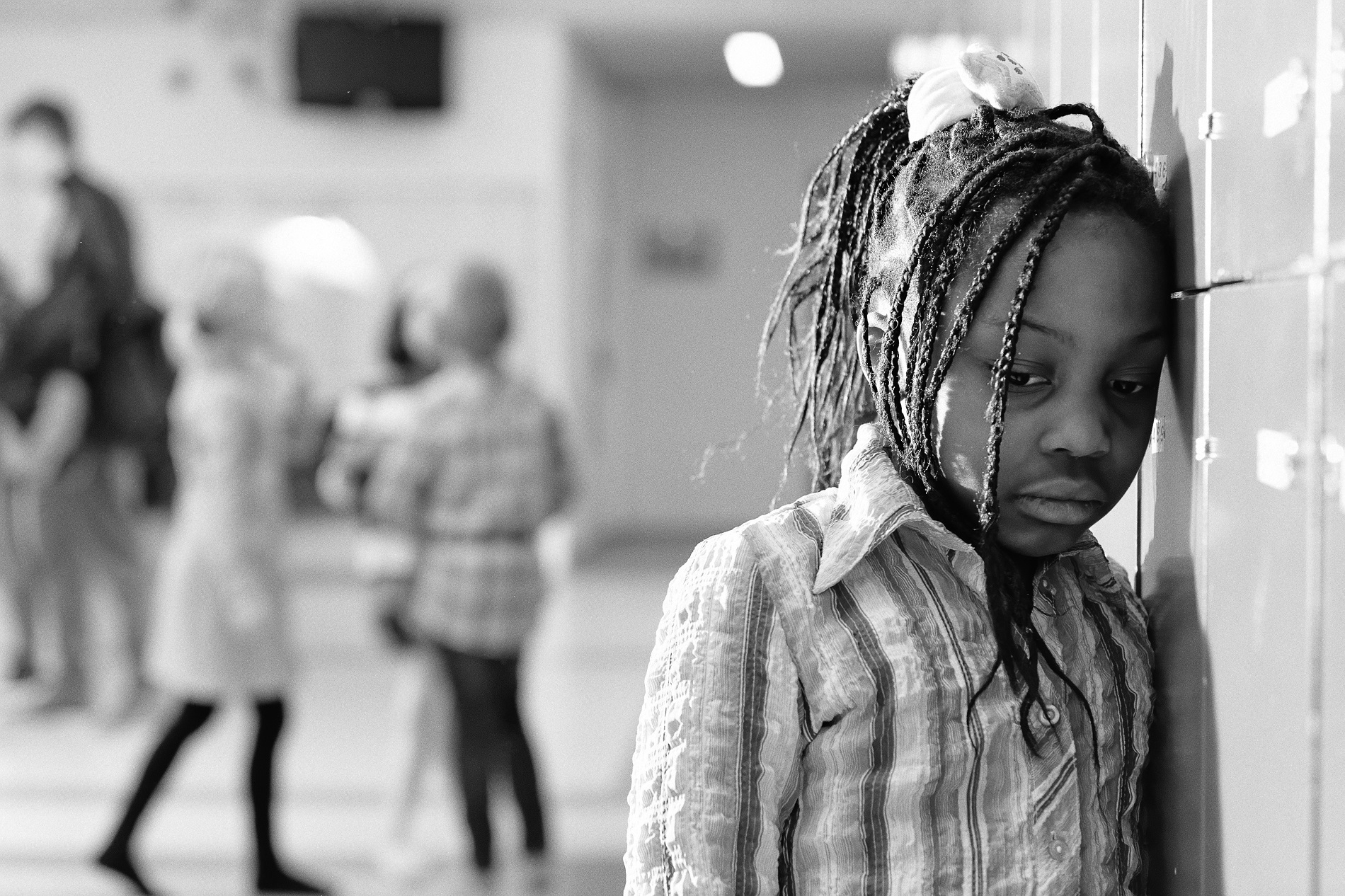How does it feel to be lonely?
Loneliness is a phenomenon related to but distinct from aloneness and solitude. Loneliness is a subjective, anxiety-causing feeling of lacking desired relationships—it’s thus characterized by a discrepancy between one’s real and desired relationships—while aloneness refers to the objective state of being physically and communicatively alone.
When asked what loneliness feels like, children and adolescents define it as a distressing emotional experience associated mainly with sadness, boredom, and anxiety stemming from quantitative and/or qualitative deficits or mismatches in their social relationships. For example, one young girl wrote: “I’m too tired to carry on anymore. Loneliness is such an agony that I can’t even describe it in words. I can’t tell anyone how I feel since nobody understands me. I feel sick to my stomach, yet nothing comes out. Every morning I try to find a reason for this. I’m practically already dead, so what does it matter what I’ll do with my life?”
Loneliness, especially enduring loneliness, has been shown to be related to several negative mental and physical health outcomes for children and adolescents. Among these are anxiety disorders, depression, self-destructiveness, suicidality, somatic pain, and medication use. Loneliness can activate maladaptive behavioral, cognitive, and emotional processes, such as inaccurate causal attributions of one’s own or others’ behaviors, thereby creating a cycle that may be extremely difficult to escape.
Why do the lonely stay lonely?
For some children and adolescents, loneliness evolves into a chronic state of mind. This seems to be due to negative interpretations of social situations and difficulties with reading social cues—that is, lonely people tend to respond to social openings in ways that increase rather than reduce their feelings of loneliness. They are more sensitive to negative social signs. They focus on negative aspects of social situations, remember more negative information about events, hold more negative social expectations, and are more likely to behave in ways that confirm these negative expectations. Compared with others, chronically lonely individuals tend to attribute their social success to external and situational causes such as coincidence. For example, when invited to a party or other event, they may think that they’ve been invited only because they happened to be there or because someone didn’t dare leave them uninvited. At the same time, they attribute their social failures to internal and stable characteristics, such as their own unlikability or unattractiveness.
Possible ways out of loneliness
A meta-analysis by Masi and colleagues presents an overview of interventions designed to reduce loneliness and analyzes the efficacy of each. They grouped the interventions into four categories based on the main method used to decrease participants’ feelings of loneliness: (1) improving social and socio-cognitive skills, (2) increasing social support, (3) increasing opportunities for social contact, and (4) addressing maladaptive social cognition. These intervention types offer varying benefits during different stages of life as well as stages of loneliness. For example, the training of social skills is important for children and young adolescents who may lack these context-related skills (e.g., due to limited opportunities to learn and practice them in early childhood).
However, merely bringing chronically lonely children and adolescents together will not result in new friendships if their negative thoughts about themselves and their social reactions and behaviors remain the same. Therefore, while enhancing social support and increasing opportunities for social interactions are meaningful and promising techniques, the best results are achieved when maladaptive social cognition and negative cognitive biases are also addressed.
Additionally, since social networks tend to marginalize lonely individuals, altering only the views of lonely people is inadequate for achieving their successful integration. The views of others towards lonely people are also important. Media campaigns and professional trainings can thus be socio-ecological interventions that modify the way others think of lonely people.
How does it feel to have someone who cares how you are doing?
According to one young boy, it feels “like winning in a lottery or something. Or maybe not—it is far better than that. That someone is proud of you and wants to be your friend.” Another child replied that it “feels like everything is possible. Just everything.”
Niina Junttila
Professor of educational psychology
Councellor of education at the Finnish National Agency for Education

